Reviewed by Corey Noles
Google's pushing into magnetic charging territory with a bold move that could finally unite Android and iPhone accessories—but early leaks suggest they're cutting corners elsewhere.
Sound familiar? Another year, another flood of Pixel leaks months before launch. But this time, there's something genuinely exciting buried in the speculation: Google may be the first Android manufacturer to embed actual magnets in their phones for Qi2 wireless charging. We're talking MagSafe compatibility without the annoying case requirements that plague every other Android phone.
This magnetic charging bet comes at the perfect time for Google's growing momentum. Google's Pixel 9 series already saw shipments soar 26% year-over-year in Q2 2024, hitting 2.3 million units. Now they're betting big on magnetic accessories to steal more iPhone users.
Here's what you need to know:
Pixel 10 series expected to launch around August 20, 2025 with magnetic Qi2 support
Built-in magnets mean seamless compatibility with existing MagSafe accessories
Tensor G5 chip manufactured by TSMC promises major performance improvements
Base model may skip key features like vapor chamber cooling and Wi-Fi 7
Why magnetic charging actually matters (and why Samsung missed the boat)
Let's break down what makes this leak so significant. When Qi2 debuted, the big selling point wasn't faster charging speeds—it was magnetic accessories. Think portable chargers that snap perfectly into place, car mounts that don't require fiddling with clips, and tripods that attach instantly.
The problem? Phone manufacturers quickly discovered they didn't need built-in magnets for Qi2 certification. They could just rely on magnetic cases instead. Samsung, OnePlus, and others took the easy route—Qi2 support via accessories only.
Google's reportedly going the opposite direction. If rumors are accurate, you'll attach existing MagSafe products to the Pixel 10 without worrying they'll slip off. No special cases, no adhesive rings, no compromises.
PRO TIP: If you're invested in MagSafe accessories, the Pixel 10's built-in magnets eliminate the $30-50 case requirement—but test compatibility with third-party chargers first, as magnetic alignment varies between manufacturers.
Here's the thing: this positions Google to capture accessory-loving iPhone switchers who've been waiting for seamless Android compatibility. With Pixel 9 series market share tripling in North America, from 4.8% to 12.8% between September and October 2024, magnetic charging could accelerate ecosystem adoption by removing one of the last iPhone advantages.
The Tensor G5 gamble: TSMC's 3nm process changes everything
Here's where things get really interesting. The Pixel 10 will debut Google's first fully custom Tensor chip—the G5—built on TSMC's 3nm process. This isn't just a spec bump; it's Google finally breaking free from Samsung's manufacturing limitations.
The performance improvements should be substantial. Google's internal benchmarks suggest 30% faster boot times with new 'Parallel Module Loading' technology. The upgraded TPU delivers almost 40% higher TOPS performance, though real-world AI performance gains may be closer to 14%.
These efficiency gains stem partly from Google's refined CPU architecture—shifting to five Cortex-A725 mid-cores instead of three A720s distributes workload more effectively during moderate-demand tasks like photography processing and multitasking. More importantly for daily use: the 3nm process should dramatically improve battery life and reduce thermal throttling.
This represents Google's broader strategy shift—moving from Samsung partnership dependency toward manufacturing independence. The TSMC transition positions Google to eventually compete on pure performance, not just AI differentiation.
The kicker? Google's Pixel 11 may jump to 2nm manufacturing in 2026, potentially making it the first Google chip to outperform Qualcomm instead of trailing behind.
What the Pixel 10 might be missing (and why it matters)
Not everything about these leaks screams "premium upgrade." Recent reports suggest the base Pixel 10 may skip vapor chamber cooling and Wi-Fi 7 support, sticking with Wi-Fi 6E instead.
That's a concerning trade-off. The Pixel 10 Pro XL is rumored to weigh 232 grams—slightly heavier than its predecessor—and pack a 5,200 mAh battery. Without proper thermal management on the base model, that Tensor G5 could throttle under sustained load, undermining the TSMC manufacturing benefits.
The software situation gets murkier too. Google's developing new AI features like 'Ultra Res Zoom' that may be Pro-exclusive. Even some camera software enhancements might not trickle down to the base model.
$1,199 for the Pro XL represents Google's confidence in the Tensor G5's value proposition, but puts it $100 closer to iPhone 16 Pro territory where Google traditionally struggles to compete. Pricing is expected to hold steady at $799 for the Pixel 10, but the feature cuts suggest Google's prioritizing margin over market disruption.
Where do we go from here?
The magnetic charging move feels like vintage Google: technically impressive but potentially niche. Most Android users don't own MagSafe accessories yet, so the immediate impact may be limited. But if Google nails the execution, it could create a genuine ecosystem advantage that forces Samsung and OnePlus to follow suit.
Having tested MagSafe accessories across multiple Android devices over the past year, the case-based solutions consistently fail after 6-8 months of daily use—magnets weaken, adhesive fails, and alignment becomes inconsistent. Built-in magnets eliminate these pain points entirely, but only if Google's accessory ecosystem develops beyond portable chargers and car mounts.
The official announcement is expected around August 20, 2025, continuing Google's shift to summer launches. Android 16 will debut alongside the hardware, bringing enhanced AI tools and deeper customization options.
The real question isn't whether Google can build magnetic charging into a phone—it's whether they can convince Android users they need it. The broader implications matter more: Google's demonstrating willingness to invest in differentiation that benefits existing iPhone switchers rather than purely competing on specs or price.
Don't Miss: Keep an eye on satellite connectivity support—early code suggests the Pixel 10 series will maintain emergency SOS features despite switching to MediaTek modems.





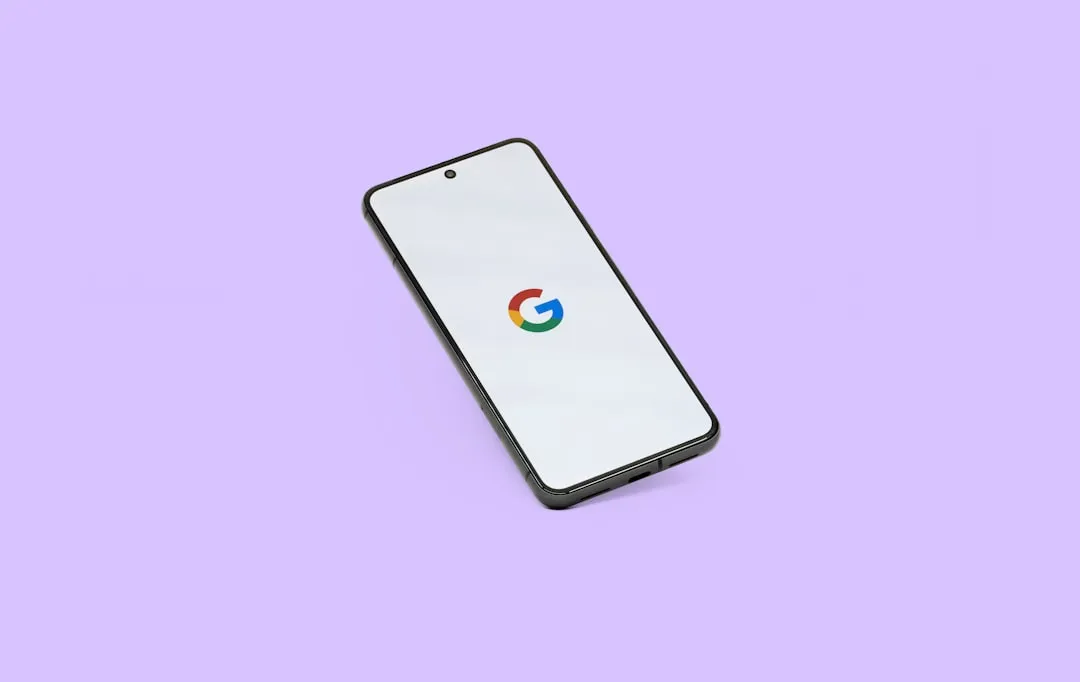

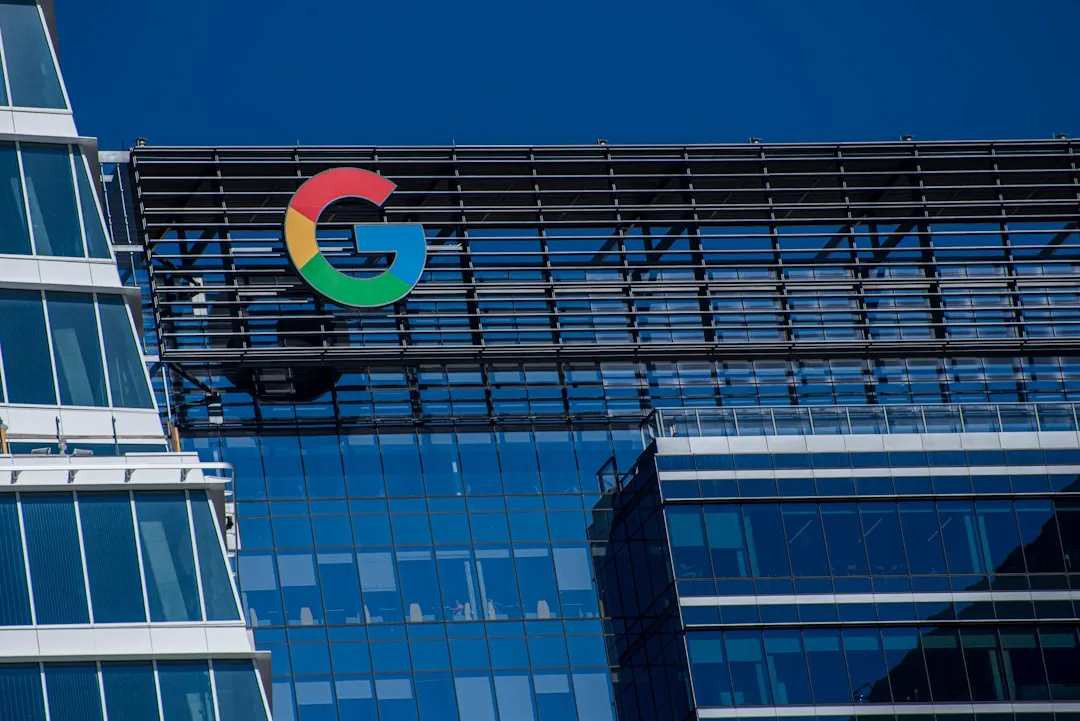
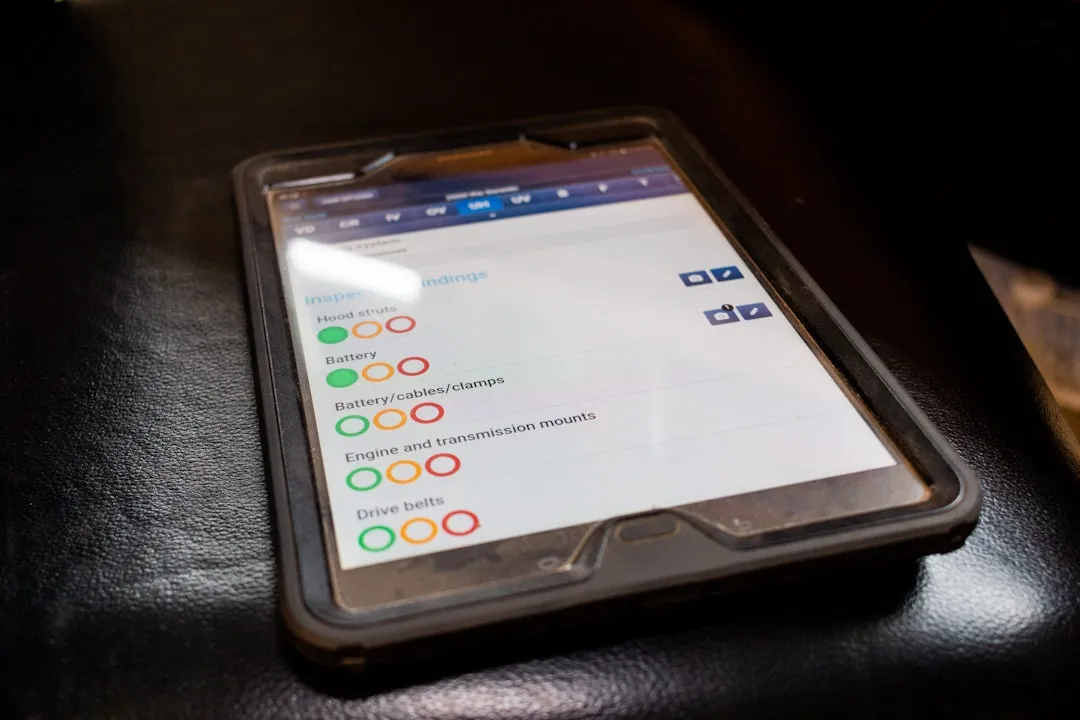







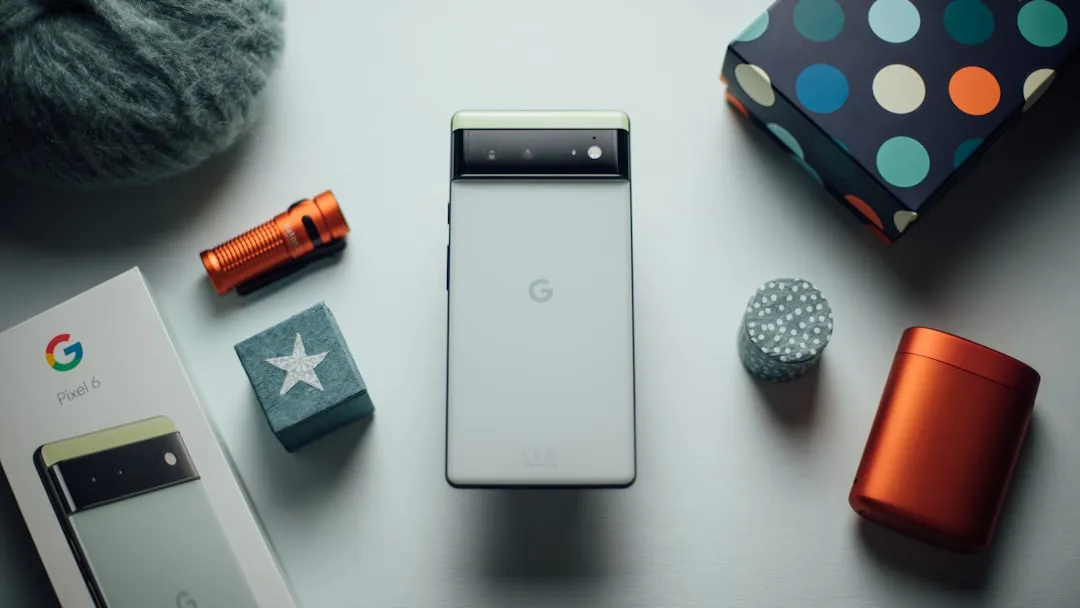

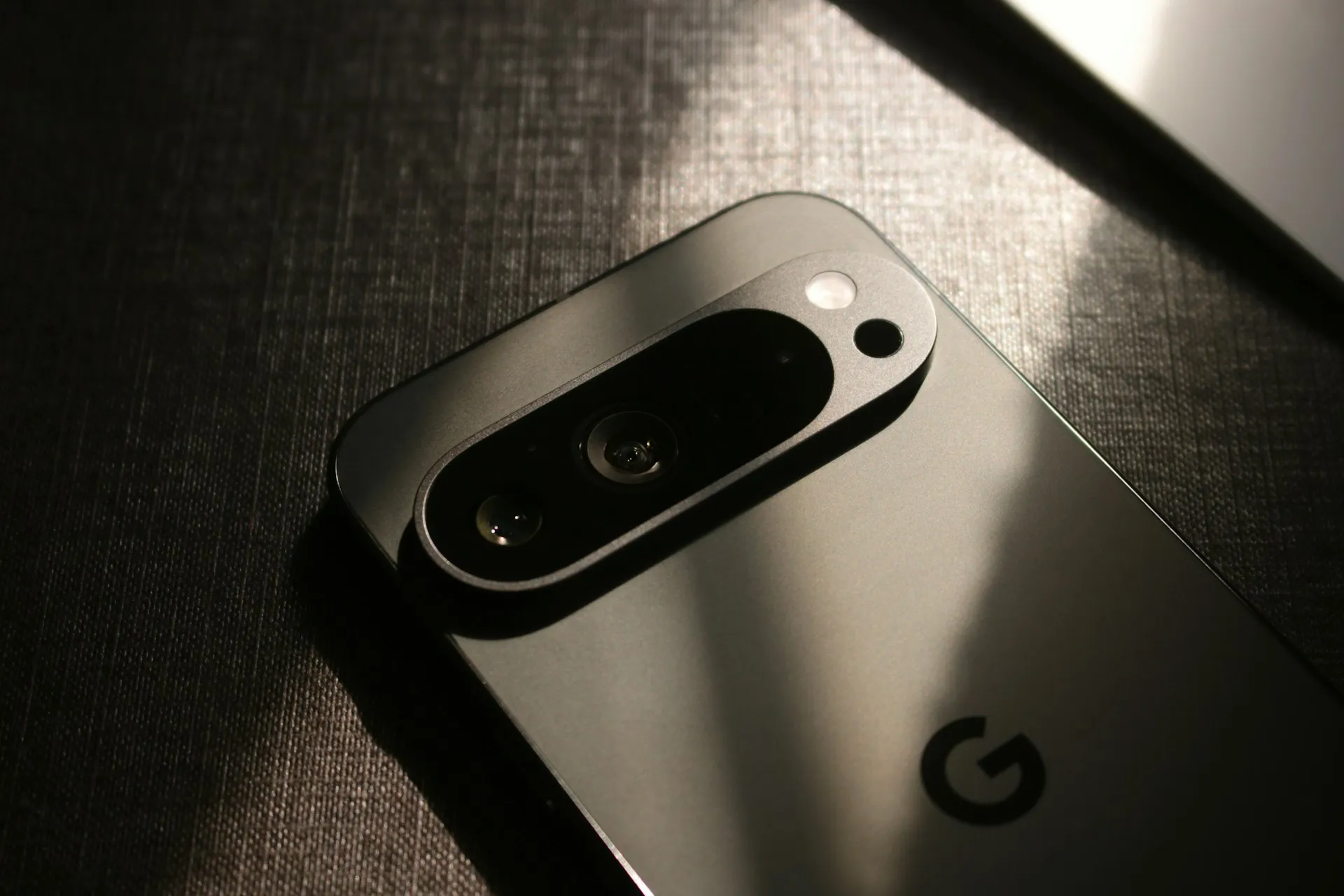
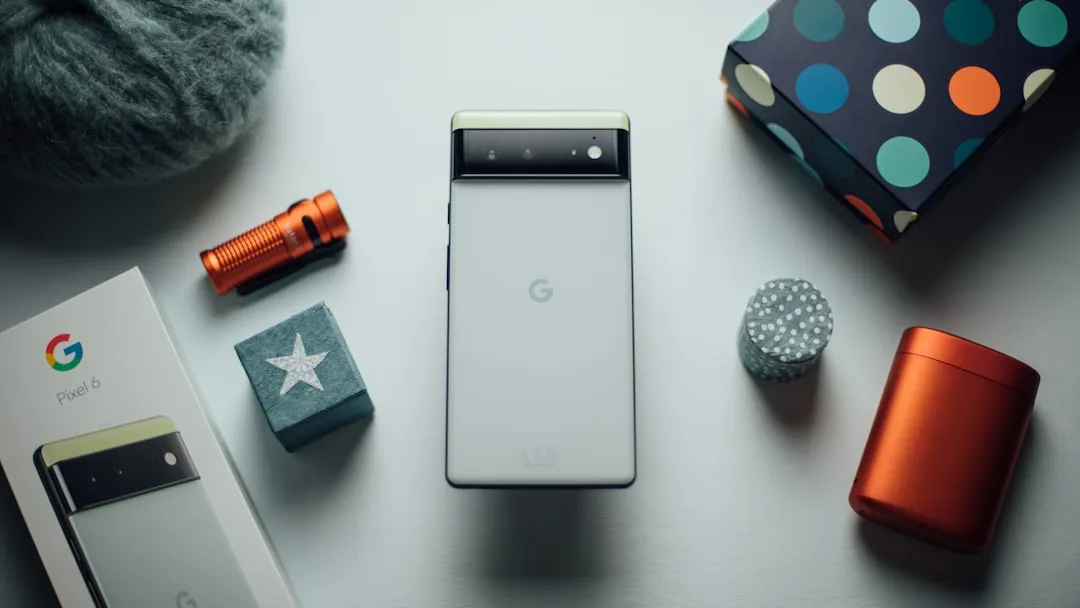
Comments
Be the first, drop a comment!